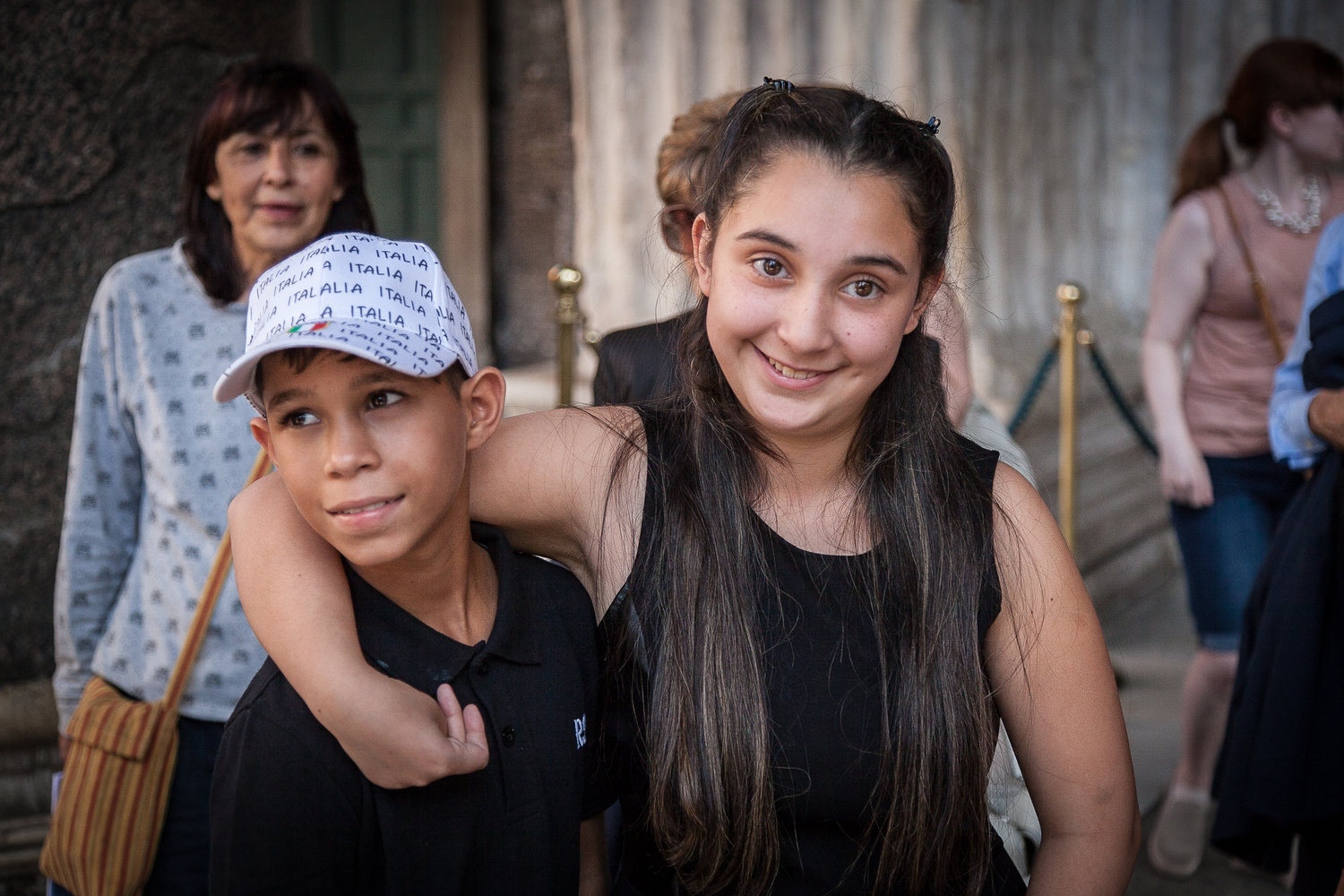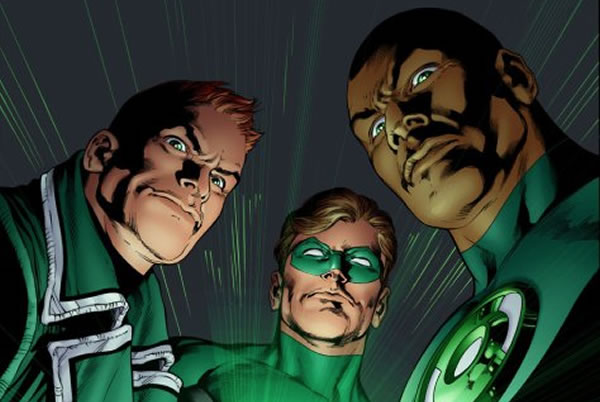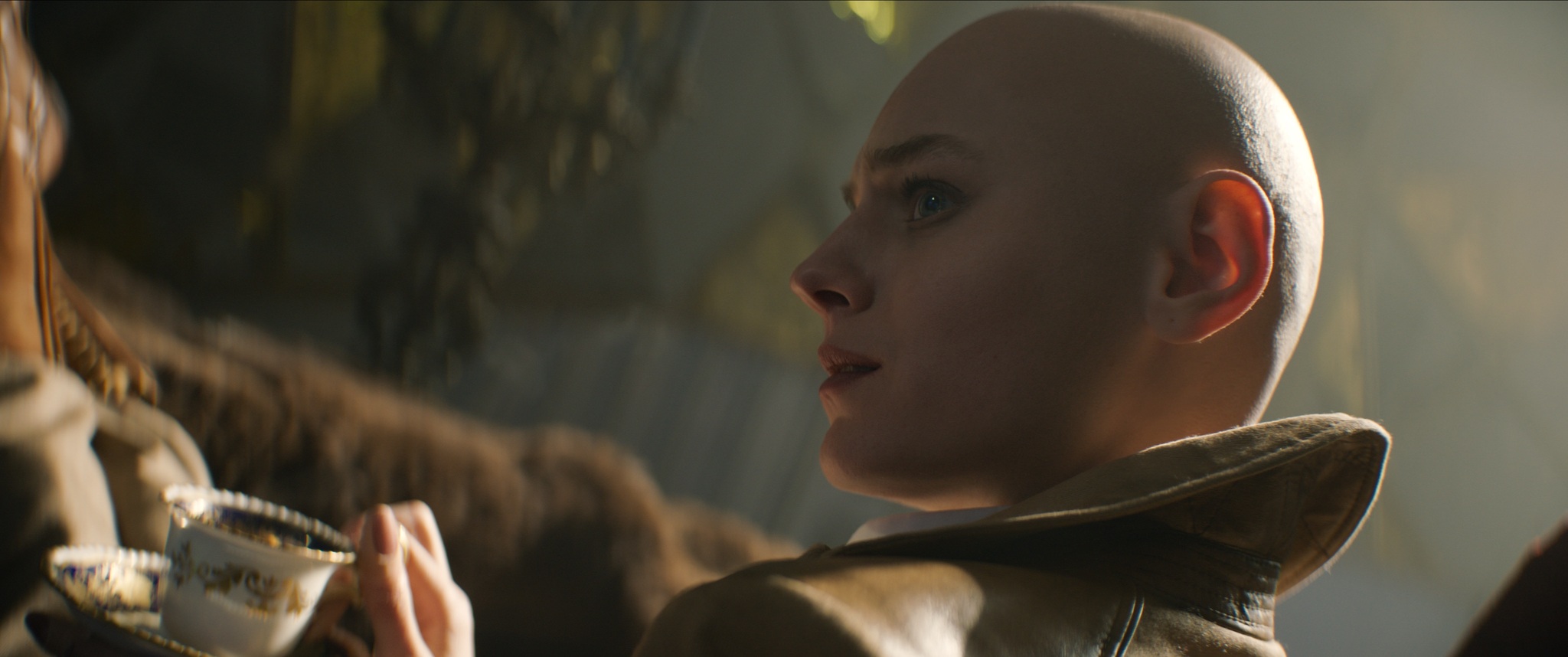Teaser from HDdennomore on Vimeo.
To many people around the world, the Pope is a superhero.
In Dancing at the Vatican, many ill-fated sufferers of the Huntington’s Disease had an opportunity to meet the Pope at the Vatican and elevate the awareness of this rare disease. To these people, the Pope would grant them hope and happiness as they struggle with their lives.
Former war correspondent Charles Sabine took it as a personal mission to document the journeys of many families to the Vatican. For the past few years, he became a spokesman for patients and families suffering for the degenerative brain disease.
With this documentary, he helped HDdennomore and Factor H to arrange the meeting of many families with the Pope. He documented several families in Latin America from the surprise news to the actual meeting of the Pope.
LRM Online sat down with Charles Sabine this summer at a special screening of Dancing at the Vatican. We talked about this arrangement, documentation and actually dancing at the Vatican (which is technically not allowed).
Dancing at the Vatican will have future special event screenings. Visit it’s web site here for upcoming screenings.
Read our exclusive interview below.
LRM Online: Fascinating documentary. Could you tell me where the initial idea actually came from?
Charles Sabine: The initial idea came from my understanding that on realization that one of the reasons that Huntington’s Disease has been racked by stigma and shame. Up until two years ago, no world leader had ever spoken the words Huntington’s Disease, despite the fact that it’s a disease that affects a million people around the world. It was an astonishing realization. I sought to remedy with a collaboration with a woman I had already been working with in Italy who had been made a senator called Elena Cattanio, where we sought to try and get the Pope to meet at just one patient with the disease. But most importantly, to hold a pledge saying that no one with Huntington’s Disease should feel shame or stigma. That was the initial idea.
Then the whole story took on a life of its own or a life of the Pope’s own, I should say. From our request for him to meet one patient, he ended up meeting 150. The story about how many of those people got to be there coming from some of the most remote places on Earth is really the basis of the film. Amazingly, it becomes a happy film despite the fact it’s about children with a terminal disease, which will kill them within the next few years. At least they had a moment of happiness and which they went back to their villages and were no longer regarded as stigmatized children, but as heroes.
LRM Online: When it came to the process that you wanted to document all this into a film? You were so busy organizing the meeting with the Pope.
Charles Sabine: That was how we split that up really because Elena, being a scientist and a senator, doesn’t know anything about filmmaking or television. Which is great, because I don’t know anything about science. She was able to concentrate on the Pope. I then thought about ways to make it into a story. At each stage, I commissioned local camera crews and all of the different places. I mean the, the film was shot in certainly at least seven or eight different countries. We needed a number of camera crews.
Luckily, it was kind of my background as a producer with NBC News. Getting camera crews to go and shoot things is kind of what I do. That wasn’t too difficult for me.
LRM Online: As a storyteller yourself for NBC News and doing this documentary, what was similar and what was different for yourself?
Charles Sabine: Making it happen. [Laughs] Being a puppet master as it were, was kind of different for me. For NBC, I was usually in wars watching people get killed. Thankfully and not thankfully, I didn’t have a say in that. In this, what I was able to do was use my knowledge of how narratives and visual aspects work in a story to make people follow something. This is a very unglamorous disease.
It’s not a disease that’s easy to sell to anyone as a subject matter. There’s no worse disease. There’s no happy endings with Huntington’s Disease. To try and make something that people would hopefully go and see it that was uplifting was a challenge. One which I felt that I was uniquely equipped to be able to approach, because of my experience of 26 years working at NBC, mostly with Tom Brokaw and with others as well. Also with my understanding from my own personal experience of having Huntington’s Disease in my family and having seen all my family members die of it. That combination worked.
LRM Online: As a documentarian, you always face challenges. When you approach these families, were there are any challenges in which some of them actually didn’t want to do this?
Charles Sabine: Amazingly not. I thought there might be. There were five families who we surprised with red envelopes saying we’re going to take you to some to meet the Pope. These were people who’d never left their villages. This is a complete, genuine surprise. I really wasn’t sure. They might say, “No. I’m not leaving my village.” Every one of them came.
There was only one hesitation, which was from a lady called Dilia, who is an important part of the film. She is a 79 year old woman who still looking after four of her middle-aged children with the disease. Her only problem was that she said, “Who will look after my children if I go to Rome? I can’t.” We said that’s fine. We’ll find someone to look after them. That was the only thing apart.
Aside from that, the idea of getting on an airplane and going across the world with no problem at all, amazingly, I thought on how’s this going to work? We were really concerned about a lot of them. What’s going to happen when they go back? It all turned out to be, thank goodness, a happy story for everyone.
LRM Online: Was the event with the Pope the easy part of this documentary?
Charles Sabine: Nothing’s easy about dealing with the Pope, I tell you. One funny anecdote about the Pope, this expanded and expanded into an event which was going to be televised live around the world. It was being covered by CNN and countless media organizations. As we were trying to organize this, we discovered that the person who had to give us the permission for anything to happen, a man called Father Sapienza, who was the senior guy who had to be given his blessing for anything.
Now, Father Sapienza does not have a telephone. He does not have an e-mail account or any form of social. The only way to contact him was with a handwritten letter and must be a hand delivered letter. Imagine that was how we had to communicate and progress with the Vatican. It gives you an idea of what it’s like to dealing with the Vatican. But, we got there.
LRM Online: The documentary actually did showed you dancing at the Vatican. Was that very spontaneous or was that pre-planned?
Charles Sabine: No, no. It was completely pre-planned because I wanted to see if we could do it. I thought this is a challenge. They’ve told us no one can dance at the Vatican. There is actually a dancing connection with the disease, because the disease has always been known as Saint Vitus’ dance due to the dance-like movements.
So there is this connection. When they said you can’t dance at the Vatican, I thought that’s a challenge I’m going to take that one on. And we did. [Laughs].
LRM Online: Did any of them are approached you afterwards?
Charles Sabine: The security guys were going crazy. I was watching them as I was dancing with my children and all the others. I could see that they were thinking of their instinct was to throw us all out, because we shouldn’t have been there. Then again, I could see them thinking, “Can we really go and throw all these people out, who’ve just been hugged by the pope? They kind of held off, but they weren’t happy.
LRM Online: What are some of the post-stories after your documentary? Good? Bad?
Charles Sabine: They are really tremendous. The stories are extraordinary of how many of the people’s lives have been positively affected. One little boy in the documentary, Anyervi, who was originally a shattered little boy is now completely transformed. Despite the fact that he’s got the disease, he’s 100% happier. He’s just one of them. Everyone who were there that day, all of whom say that it transformed their lives. That’s a very fulfilling thing to hear.
LRM Online: Before I let you go, I know you have a very personal connection to Huntington’s Disease. How are you and your family doing?
Charles Sabine: My brother is in the last stages of the disease now and sadly he is unable to speak. I have plenty of other nieces and nephews who are, who are terribly worried. As I say to everyone now, my pledge in the work that I do is that no one will ever need to fear this disease as much as my generation did in the future. That’s what’s going to happen.
LRM Online: Excellent. Hey, thank you very much.
Charles Sabine: Thank you.
Source: LRM Online Exclusive

 FOR FANBOYS, BY FANBOYS
Have you checked out LRM Online’s official podcasts and videos on The Genreverse Podcast Network? Available on YouTube and all your favorite podcast apps, This multimedia empire includes The Daily CoG, Breaking Geek Radio: The Podcast, GeekScholars Movie News, Anime-Versal Review Podcast, and our Star Wars dedicated podcast The Cantina. Check it out by listening on all your favorite podcast apps, or watching on YouTube!
Subscribe on: Apple Podcasts | Spotify | SoundCloud | Stitcher | Google Play
FOR FANBOYS, BY FANBOYS
Have you checked out LRM Online’s official podcasts and videos on The Genreverse Podcast Network? Available on YouTube and all your favorite podcast apps, This multimedia empire includes The Daily CoG, Breaking Geek Radio: The Podcast, GeekScholars Movie News, Anime-Versal Review Podcast, and our Star Wars dedicated podcast The Cantina. Check it out by listening on all your favorite podcast apps, or watching on YouTube!
Subscribe on: Apple Podcasts | Spotify | SoundCloud | Stitcher | Google Play




